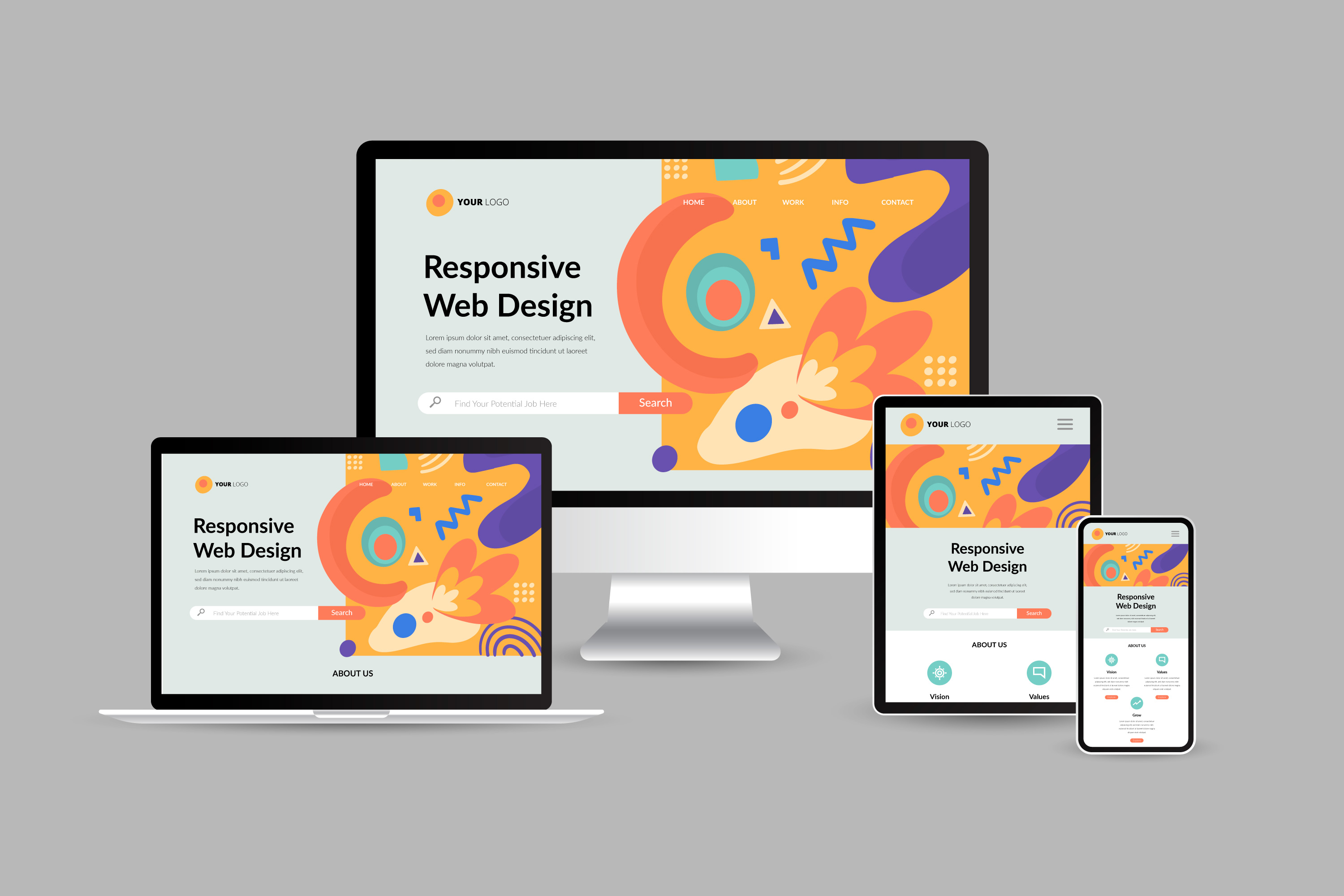News Blast: Your Daily Update
Stay informed with the latest news and trends.
Responsive Web Design: Why Your Website is the Digital Equivalent of a Chameleon
Discover why responsive web design makes your website as adaptable as a chameleon—transform your user experience and boost conversions!
Understanding Responsive Web Design: Adapting to Every Device
Responsive web design is an approach that enables web pages to render well on a variety of devices and window or screen sizes. By using a fluid grid layout, media queries, and flexible images, designers can create a seamless user experience that adapts to the user's device, whether it be a smartphone, tablet, or desktop. This adaptability is crucial in today's digital landscape, where users expect websites to be easily accessible and visually appealing, regardless of the device they are using.
One of the key components of responsive design is the use of media queries. These CSS techniques allow developers to apply different styles based on the characteristics of the device, such as width, height, and resolution. For example, a website might display a multi-column layout on a desktop while switching to a single-column layout on mobile devices. This ensures that content remains legible and engaging, making it imperative for any business looking to enhance their online presence and catering to a broader audience.

The Importance of Mobile-First Design in Today's Digital Landscape
In today's digital landscape, mobile-first design has become a critical factor for businesses aiming to stay competitive. With over half of all web traffic coming from mobile devices, prioritizing mobile experience is essential for engaging users effectively. A mobile-first approach not only ensures that websites perform optimally on smaller screens but also enhances overall user experience, leading to lower bounce rates and higher conversion rates. In essence, this design strategy means creating websites that are functional and visually appealing on mobile devices before adapting them for larger screens.
Moreover, search engines like Google have shifted their algorithms to favor mobile-friendly websites. This means that having a responsive design is no longer optional; it is a necessary element to achieve higher rankings in search results. By implementing mobile-first design, businesses not only cater to the growing number of mobile users but also comply with search engine best practices. As a result, investing in mobile optimization is not just about keeping up with trends but about ensuring long-term success in a rapidly evolving digital environment.
How Responsive Design Impacts User Experience and SEO
Responsive design plays a crucial role in enhancing user experience by ensuring that websites are easily accessible across a variety of devices, from smartphones to desktops. With more users accessing the internet on mobile devices, a responsive design effectively adjusts layout and content to fit screen sizes, maintaining usability and aesthetics. This flexibility ensures that visitors can navigate the site effortlessly, reducing bounce rates and increasing engagement. In fact, studies indicate that websites optimized for mobile use see up to a 50% increase in conversion rates.
Moreover, search engines like Google recognize the importance of responsive design in their algorithms, impacting SEO rankings significantly. Websites that utilize responsive design are favored in search results because they provide a better overall experience for users. When content is easily accessible and visually appealing on any device, it encourages longer visits and higher interaction rates, which in turn signals search engines that the content is valuable. To sum up, adopting responsive design not only improves user satisfaction but also boosts a website's visibility in search engine results, making it a vital strategy for modern web development.